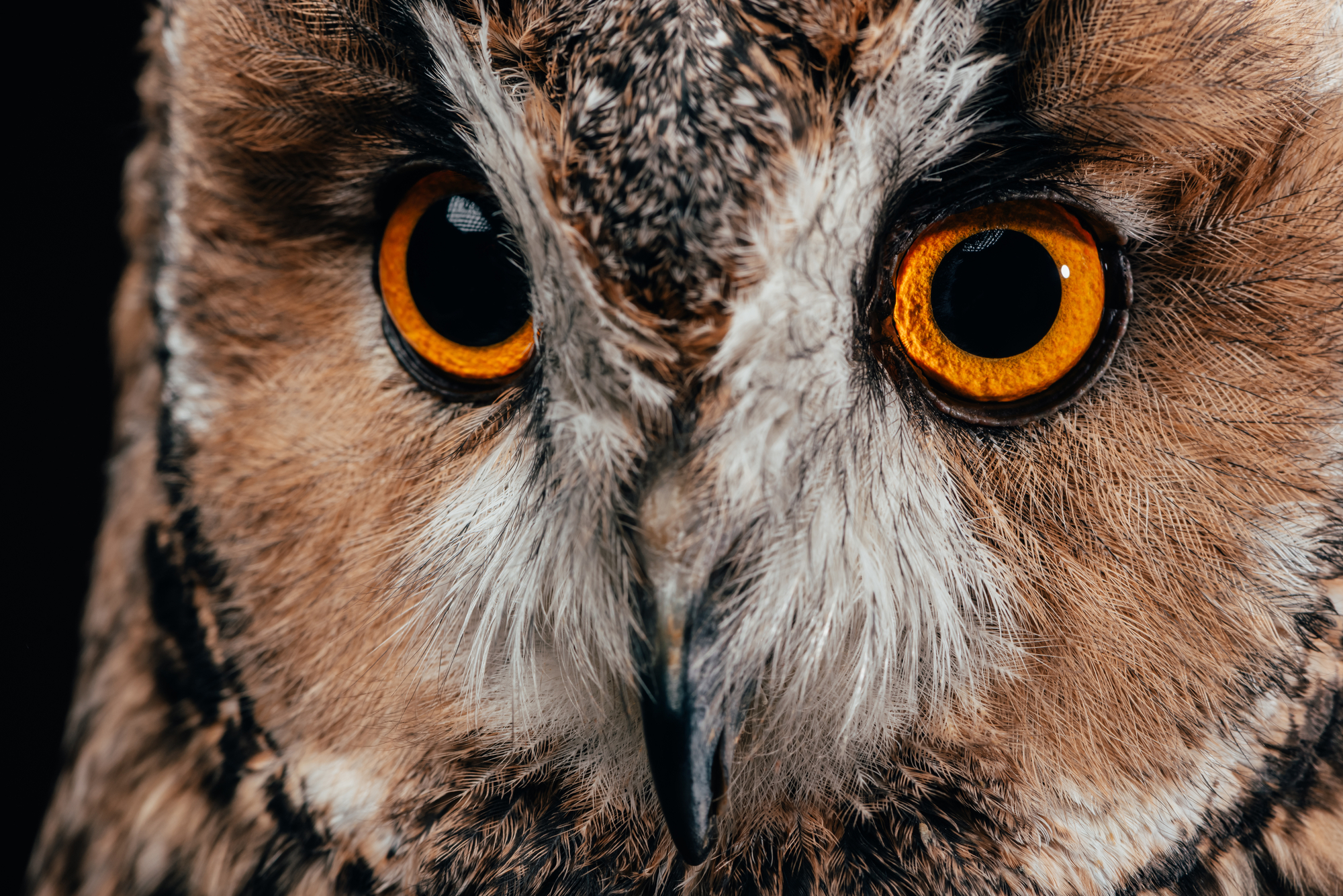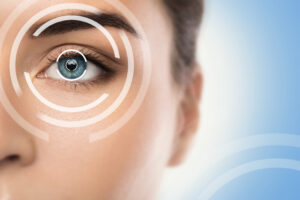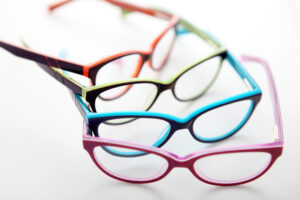We won’t have gone into the optometry field if we weren’t fascinated by eyes, and there are some unbelievable ones in nature.
There is such incredible variation in how animals’ eyes work that we could spend years studying and barely scratch its surface. So, for now, let’s take a brief look at some examples from our furry friends with impressive features like: -Milk Squeeze Reflexes -They’re able to move their pupils around when they sense danger or light changes because of this fascinating little trick called “Variability .”
It would be impossible to study the various eye structures of animals and barely scratch their surface, so for our first look at animal eyes, we will take a glance. One thing is clear, though: there’s an incredible amount of variation across different species regarding how eyes function!
One of the most thrilling things about animal eyes is how differently they function across different species. To start, we will briefly examine some incredible features unique to animals’ vision systems and their visually-driven behaviors in general.
The first significant difference between human eye anatomy vs. those of other creatures lies within our ability as humans rely heavily on sight for many tasks. In contrast, many nonhuman beings only need touch or hearing assistance when hunting prey – but these differences don’t end there! You might be surprised by all you find out after examining them up close.
What Makes Your Cat’s Eyes Shine in the Dark?
It’s a well-known fact that cats can make their eyes glow in the dark, but did you know there is something called “the tapetum lucidum”? This part of an animal’s retina works like a mirror, reflecting light through it again.
Cats have a unique organ called the tapetum lucidum behind their eyes that reflects light through their retina, giving them an otherworldly appearance under headlights or when your flashlight shines on them. This same thing happens with many animal species to confuse predators who don’t know what type of prey they might be looking at in dim lighting conditions.
Though they don’t glow, cats and many other animal species have this unique piece of anatomy behind their retinas called the tapetum lucidum. It works like a glass that reflects light into your eyes to see it even more evident!
Night vision is a great feature, but it comes at the price of being slightly blurry. We think that humans with detailed vision are better off in contrast to animals who have tapeta lucida and can see much more clearly without relying on light hitting their retinas just right for perfect clarity
I’m unsure what “retina” means, so I will avoid using this word unless referred explicitly to later.
This built-in mirror is valuable because it allows animals with tapeta lucida to see much better than humans. However, there’s always a trade-off; their vision will always be slightly blurry because the light doesn’t hit the retina in the same place when reflected out again. We think detail sightedness beats Nightvision’s value of having this built-in mirror is that it allows you to see better at night. While animals with tapeta lucida can see in the dark, their vision always has a little bit blur because they don’t have an optimized retina like humans. So when light reflects off objects, there are more places for them than us where things might be reflected again onto our eyes, causing variation during each reflection cycle which leads to something perceived as being blurry rather than explicit. This passage talks about how someone else’s vision may not work correctly due to differences between animal types.
What About a Cat’s Slit Pupils?
Why do big cats like lions and tigers have round pupils? It’s because they’re larger predators that can see above the grass. Smaller animals with vertical pupils, such as house cats or alligators, aren’t tall enough to peer through blades of long green plants without obstructing their line of sight!
It might surprise you that, unlike housecats, big cats like lions and tigers have round pupils. The reason for this variation is their height! Predators tall enough to see above the grass (like tigers) have vertical eyeballs. In contrast, shorter ones, such as foxes, do not because they need a broader angle to better view movement between blades of grass with clearer vision.
The pupils of big cats are different from those of house cats. Lions and tigers have round eyes with vertical pupils. Still, shorter predators like wolves or birds of prey can see better because they’re tall enough to peer over the grass blades without blocking any incoming light from below.
What Colors Do Animals See?
I hope you enjoyed learning about animal eyes (zoological pun intended)! It’s easy to forget that animals have their color vision system. While humans are limited by just three types of cones – green, yellow-green, and red/orange, respectively; butterflies can see ultraviolet light in five different kinds! Bees also rely on this ability to find food sources like flowers which makes them reliant on having visual cues in order not only to navigate but thrive as well.
The colors of the world are not what they seem. For instance, some animals can see more than others! Dogs and cats don’t have enough melanin in their eyes to perceive red light, so for them, yellow is always a happy sight while blue brings sadness or boredom along with it; cows do not possess this color vision deficiency but still live within shades of blues–browns too when there’s nothing green around (personality-wise). Bees also enjoy seeing ultraviolet hues from birds because UV radiation helps bees track down food sources via mimicry abilities, making finding bugs easier for both parties involved.
The spectrum of colors we see is not the only way to perceive light. For instance, animals such as dogs and cats who cannot detect reds live in a world full of yellow tones; bovines (cows) have a limited range from browns on up, while other creatures can see more hues than us humans can due to ultraviolet spectra along with shades between blue-violet which helps them find their prey!
Dragonflies See in Super-Speed
You might think watching a movie is an easygoing experience because the images are moving instead of still. But this couldn’t be further from reality! With our eyes processing at about 60 frames per second, it would take us over four minutes to watch one minute in real-time without stopping to blink or stare somewhere else when something appears on the screen that interests you more than what’s being shown there currently.
The dragonfly has difficulty watching movies due to how it sees images. The eyes on the insect process at about 60 frames per second, which is why we see motion instead of individual still pictures flickering past when they watch some films; but because these creatures can perceive up close speedily across thousands of tiny lenses compared with our own two cones in each retina (which allow us only brief glimpses), sneak attacks are easy for them!
Tell Us Which Animal Eyes are Your Favorites!
We want to know what our patients like best about their eyes and which animal kingdom creatures they think would be the perfect match for them. Please talk with us soon during your next exam at this clinic when we check in to ensure everything still looks healthy!
I can’t wait to find out what our patients’ favorite animal kingdom eyes are and how they like them the best. That would make for a fun discussion when you come in for your next eye exam while we check if everything still looks healthy or needs an update on prescriptions!



